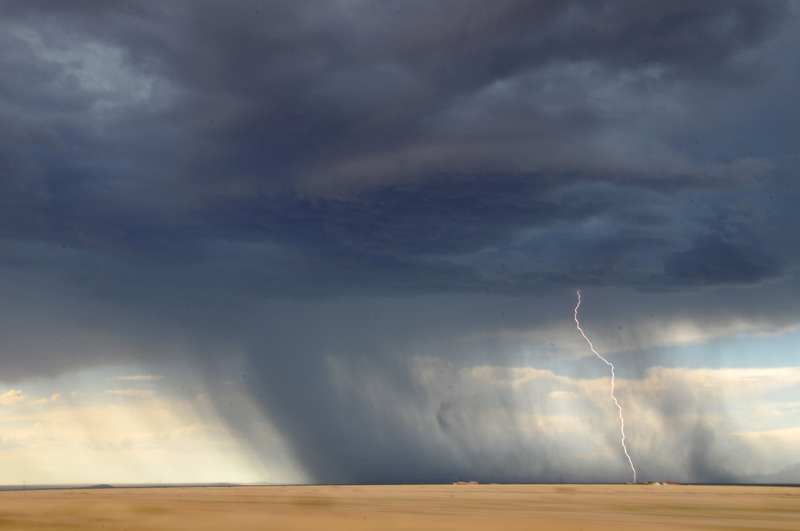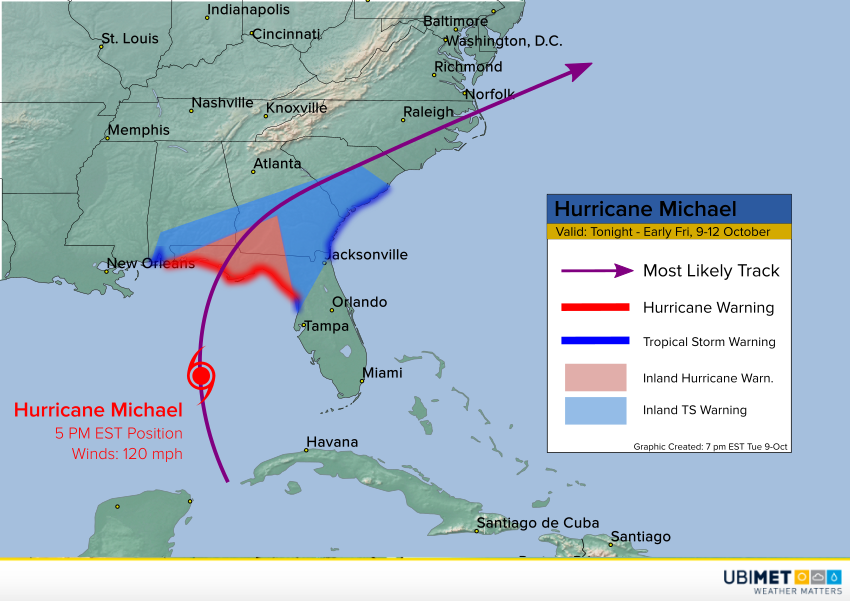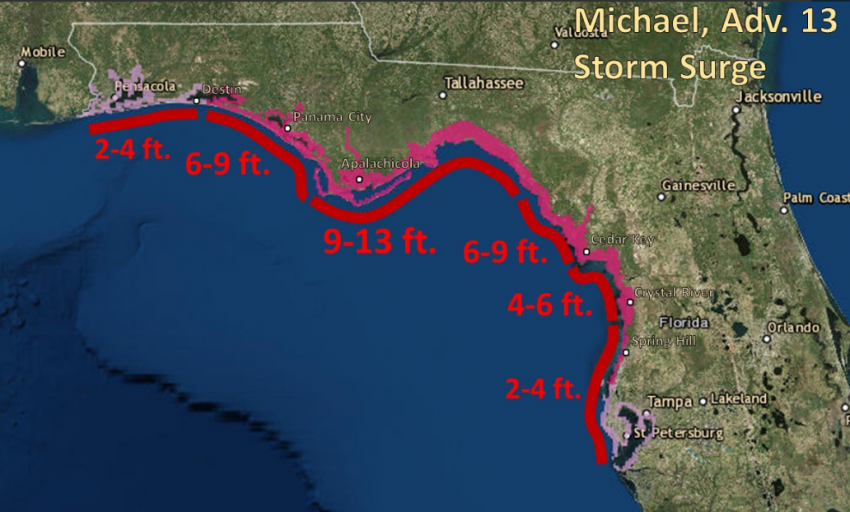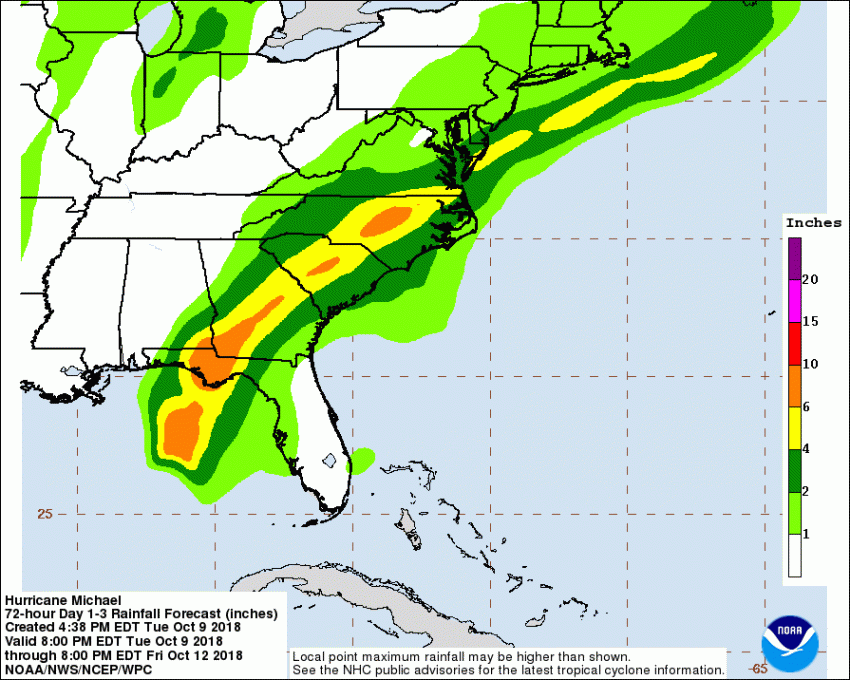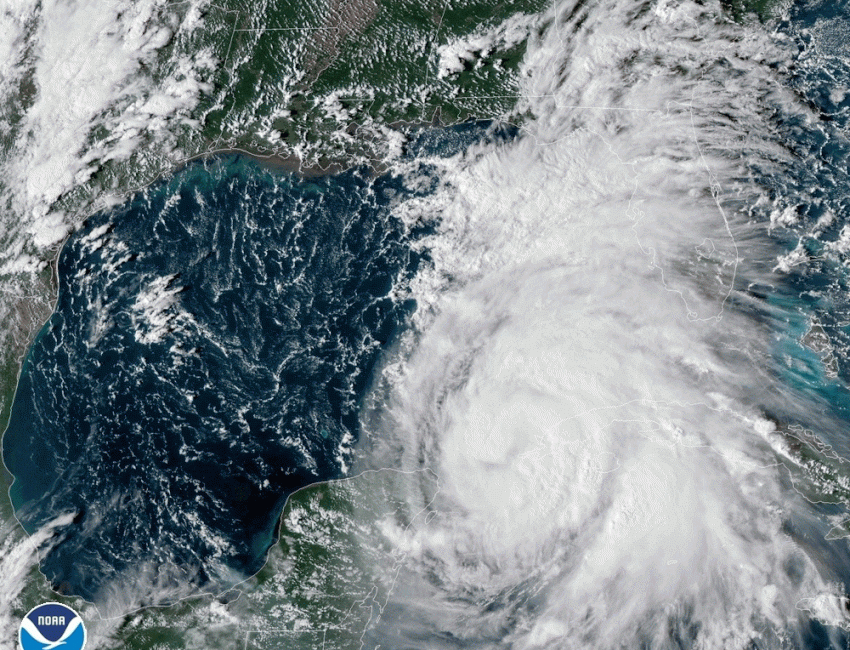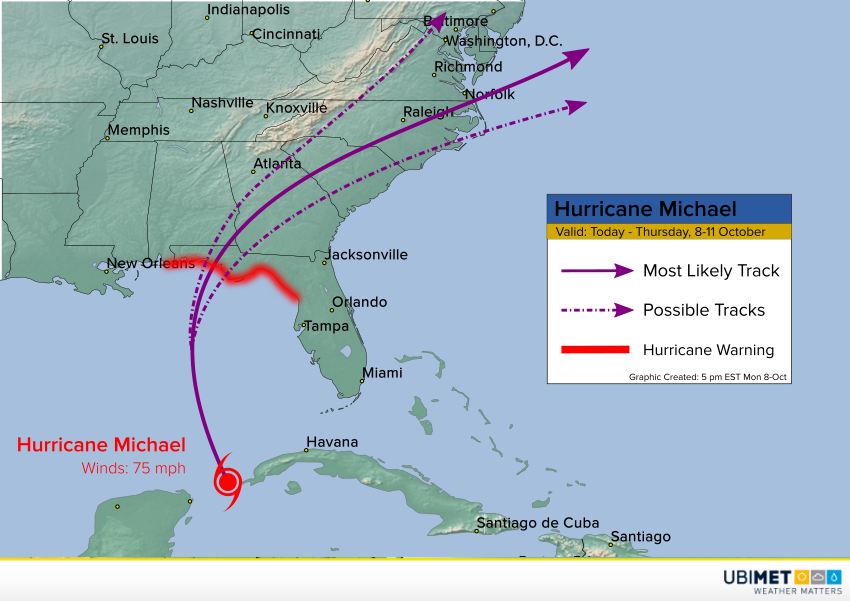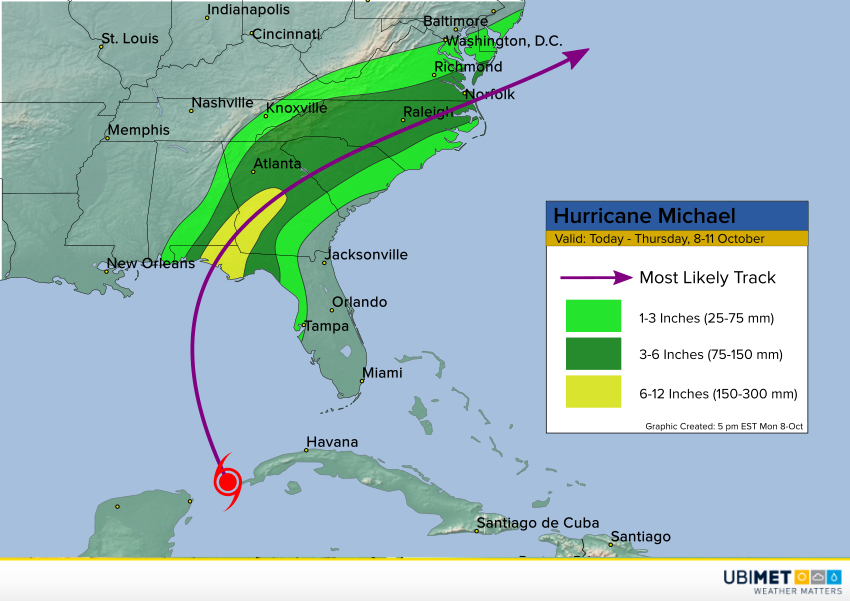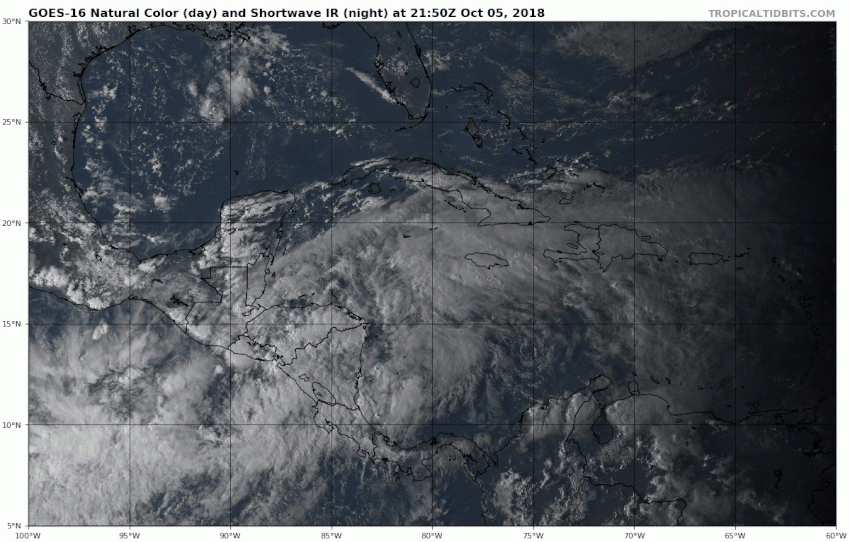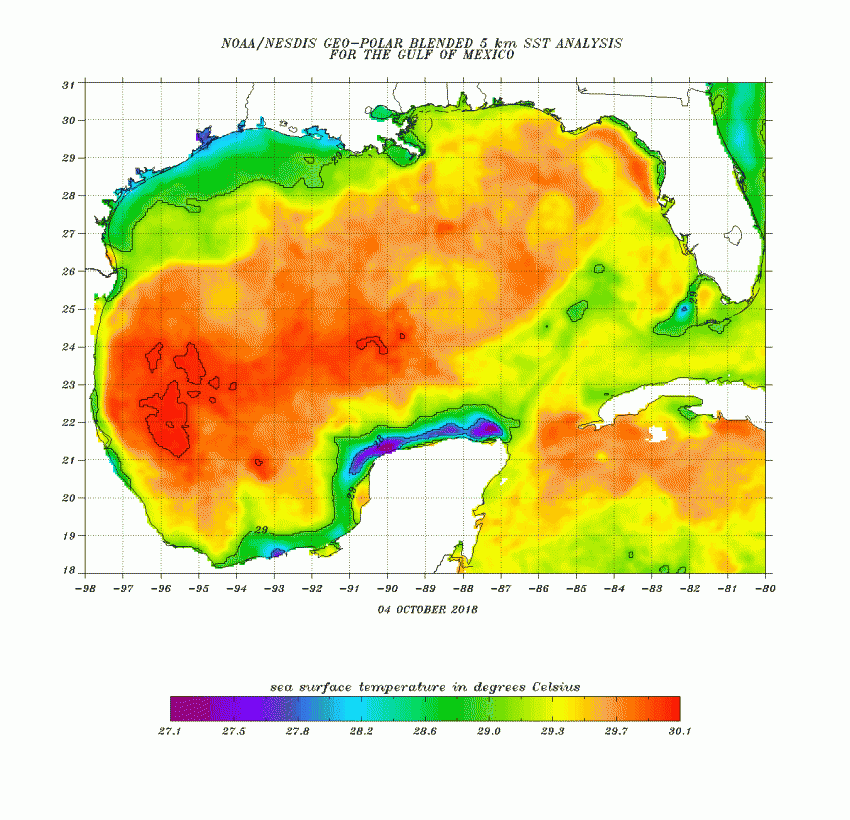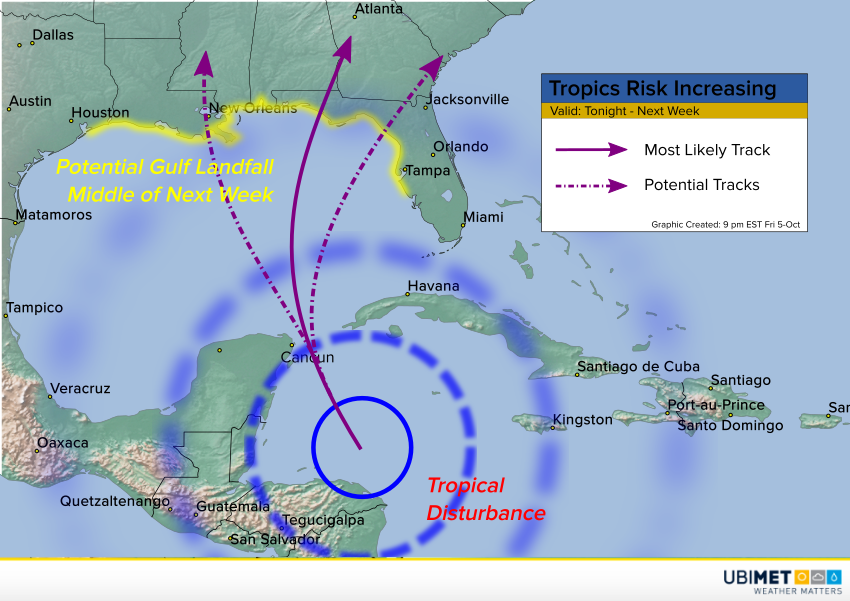Severe Storms To Roll Over Metro Brisbane Later Today!
Some strong storms have already been producing heavy rain and clusters of frequent lightning over Sydney metro this morning. Additional storms will develop further north later today in what’s shaping up as the season’s first big severe outbreak. Large hail, damaging winds, and flooding rains will all be threats!
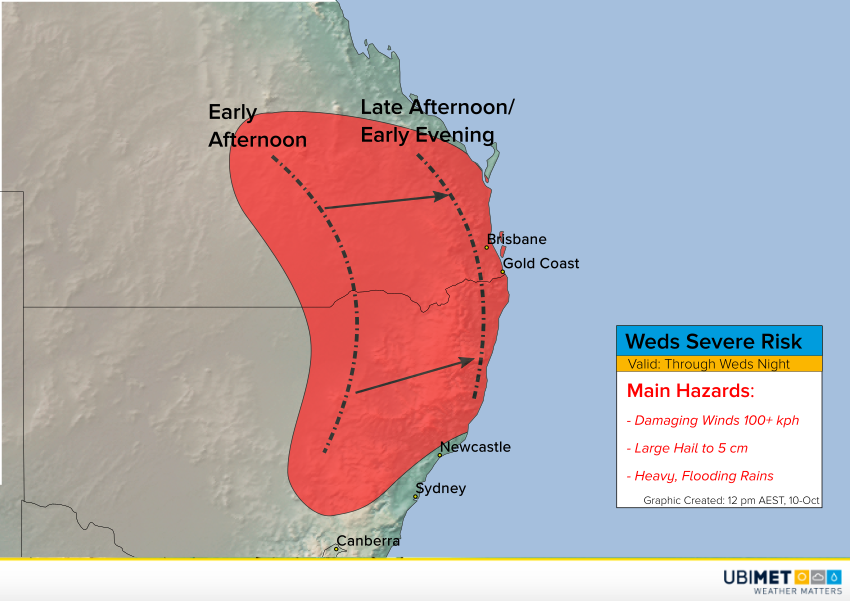
Warm, humid air is in place over the region today with afternoon highs in Brisbane forecast to top 30 deg C. An upper level disturbance will spark the unstable air mass to produce severe storms by early Wednesday afternoon. Storms will fire over the interior of northern NSW and southern QLD and move quickly east. Metro Brisbane can expect to see storms by early this evening. The strongest cells in this region will produce large hail up to 5 cm in diameter, gusty winds to 100 kph or higher, and torrential rain leading to flash flooding! By mid to late evening, the storms should be weakening and/or exiting the coast.
